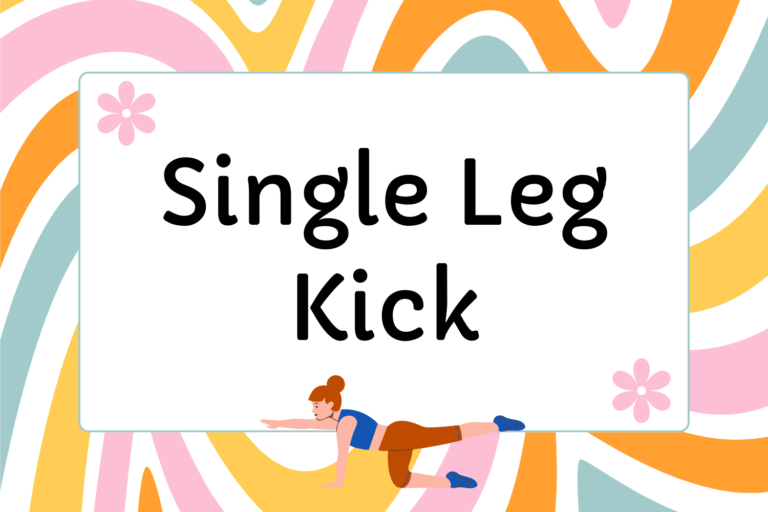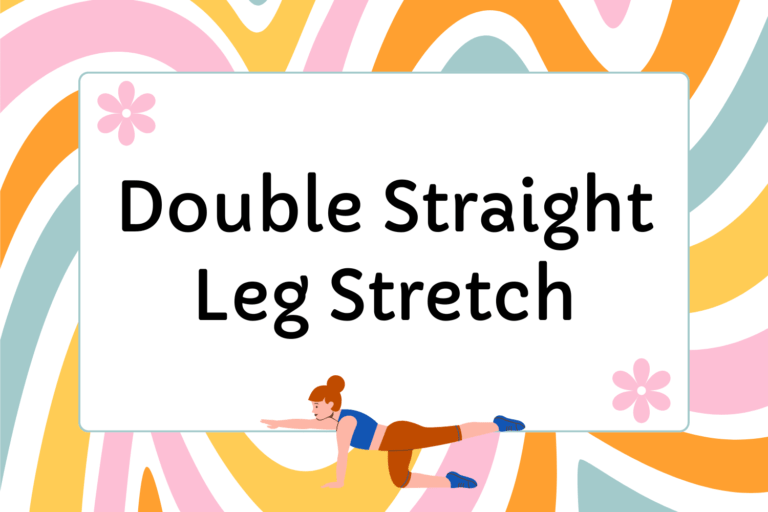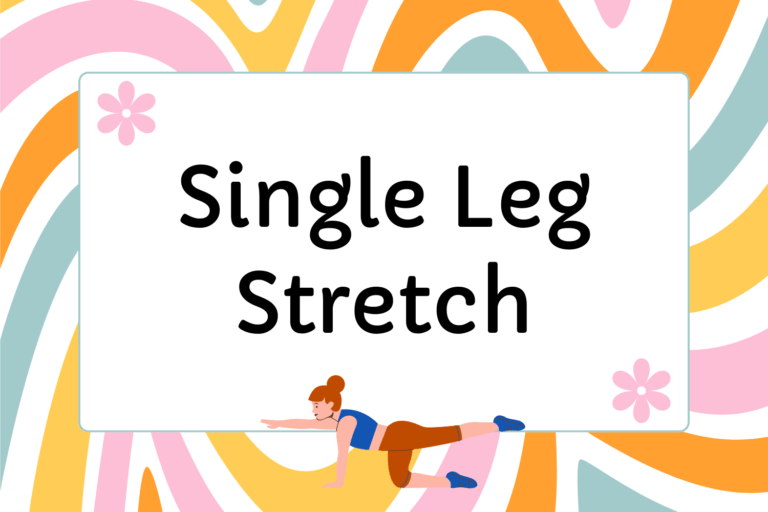From the moment you walk into the Pilates studio, you’re taught to use the mirror as a tool for evaluating your technique and alignment. But once you’ve mastered the basics of good form, you may want to challenge yourself further by taking your eyes off the mirror. This will teach you to feel proper alignment rather than see it—a skill you can use wherever you go and one that makes Pilates the ultimate in portable fitness.
At first, maintaining correct form without your mirror image can be scary and disorienting. Here are some tips to help ease the transition:
Know Your Dominant Side
Even ambidextrous people favor one side more than another. It’s vital to know which of your sides is stronger and which tends to be weaker. If you use a mirror, you’ll always be able to see if you’re leaning more towards one side, but take that away, and you’re forced to constantly maintain a high level of self awareness.
Train yourself to notice which way you lean when standing, sitting, eating, and even picking things up off the ground. Then, when you’re in Pilates, try to correct that discrepancy, first through use of the mirror, then without. Acknowledging your weaker side and adjusting it to be more in-tune with your dominant one will improve your alignment without sacrificing the intuition gained by looking away from your image.
Hot Tip: Even out Your Body
If you’re like most and have one side that is much stronger and more dominant than the other, try doing an extra set of exercises on the weaker side. This will, over time, improve the strength of the weaker side and eventually even out your body.
Feel Your Spine
If you take your eyes are off the mirror and you’re not sure if things are still aligned properly, return to the spine.
This fundamental base is affected by every misalignment in the body; if there’s something amiss, your spine will show it. Learn to mentally gauge the alignment of your spine, feeling along the natural curves and assimilating mentally what it feels like when things are misaligned. Having this kinesthetic knowledge will provide a solid foundation for gaining alignment intuition.
Obtaining spinal intuition is a largely imagery based process: By envisioning what your spine should look like and how it should feel, you’ll start to recognize when it has moved away from proper alignment.
For example, the image of your spin imprinted flat on the floor also relays how it should feel during mat-work. Then, if your lumbar spine curls upward and arches off the mat, you’ll know that something is off, and you will be able to summon the initial image of an imprinted spine to ease yourself back into alignment.
Don’t Sink Your Hips
Regardless of the position or stance you’re in, you should never allow your spine to sink into your hips. This occurs when your vertebrae lay lax on top of each other such that they curve the lumbar spine and pile into a C shape, which puts the weight of your bones on your pelvis. Imagine your skeleton: Your spine should be pulling up and away, out of the hips, with the hips pushing down and away from the spine—the two parts moving in opposition to one another.
This imagery will ensure that your spine is lifted, which will, in turn, prevent your hips from tilting to one side or the other and shifting your alignment off-center.
Grab a Partner
Once you get a feel for how to gauge your alignment, ask an instructor, friend or partner to watch your practice and tell you when your form falls out of place.
This will teach you to recognize your faulty technique without the biased eye or distraction of the mirror.
Having an instructor or friend communicate their observations is a solid method for weaning yourself away from using the mirror—remember, the point is to learn to identify this yourself, within your body. Eventually, you will learn to self-correct without depending on anyone.
Hot Tip: Fear Not, Focus In
Don’t panic the first time you turn away from the mirror. It can be disorienting and scary, but if you keep focusing deep into your body and alignment, the fear will be replaced by your new sense of physical intuition.
Make the Change Slowly
This transition away from the mirror should be made slowly. Rather than forcing yourself to face the other side of the studio for the entire class, ease into things by just breathing 100s while turned in the opposite direction. Go at a gradual and comfortable pace, coming back to the mirror when you find it needed.
Eventually you’ll be able to complete an entire class correctly without the use of the mirror, but remember that this is a process that is neither short nor able to be expedited. Being able to intuit your bodily alignment requires mental and physical skill, so don’t worry if it takes you quite some time to see a difference.
Breaking the Habit
Breaking the habit of having your eyes locked on the mirror can be a scary experience, so don’t be afraid to talk it over with your teacher and figure out what works best for you. It may take time, but if you pace yourself with these tips, you’ll discover improved alignment and a better sense of balance in no time!





